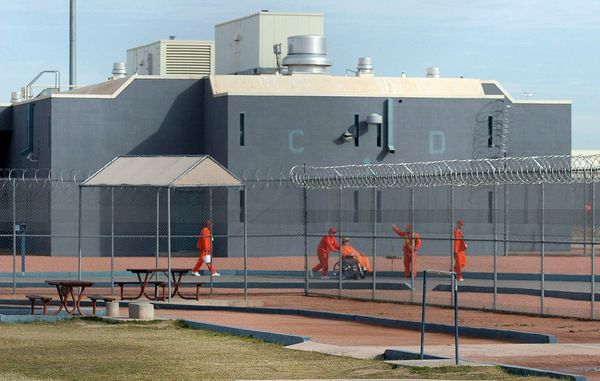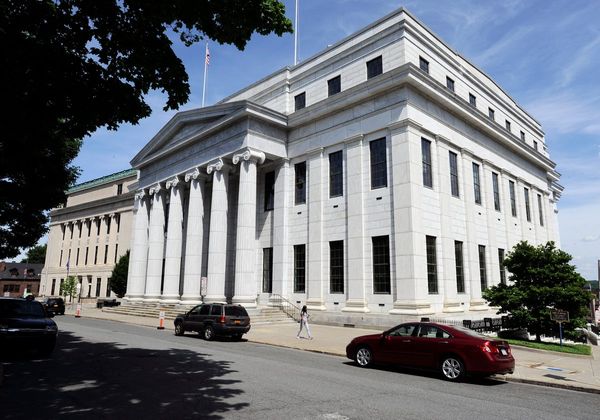
China's exports in December exceeded expectations, growing by 10.7% from a year earlier, as factories rushed to fill orders ahead of potential higher tariffs threatened by U.S. President-elect Donald Trump. Economists had forecast a 7% growth. Imports also rose by 1% year-on-year, contrary to expectations of a 1.5% shrinkage. This led to China's trade surplus expanding to $104.84 billion in December and nearly $1 trillion for the year, reaching $992.2 billion.
Trump's proposed tariffs on Chinese goods have prompted businesses to increase outbound shipments to the U.S., with exports rising by 15.6% in December compared to the previous year. Exports to the European Union and Southeast Asia also saw significant growth. However, if tariffs are imposed, exports are expected to weaken later in the year.
China's total trade value reached a record 43.85 trillion yuan (nearly $6 trillion), up 5% from the previous year. The country's exports of mechanical and electrical products, high-end equipment, electric vehicles, 3D printers, industrial robots, and e-commerce goods all saw substantial increases.
While China aims to increase imports, they still lag behind exports due to lower commodity prices and weak demand. The country faces trade restrictions on certain products, impacting its import levels. China is actively expanding trade with countries involved in its 'Belt and Road' initiative, which accounted for half of its total trade last year.
China values trade with traditional markets like Europe and the U.S., with two-way trade with the U.S. growing by nearly 5% last year. Efforts are being made to achieve mutual benefits through trade partnerships. Chinese officials deny claims of overcapacity, stating that the country has improved efficiency through upgrading and innovation.
China's trade figures for December precede the upcoming release of its full-year and fourth-quarter GDP figures, with a growth target of around 5% for 2024.







